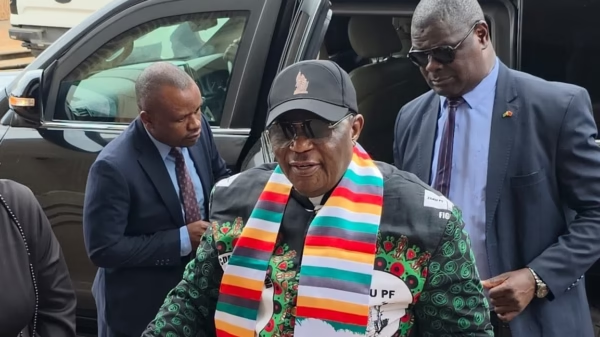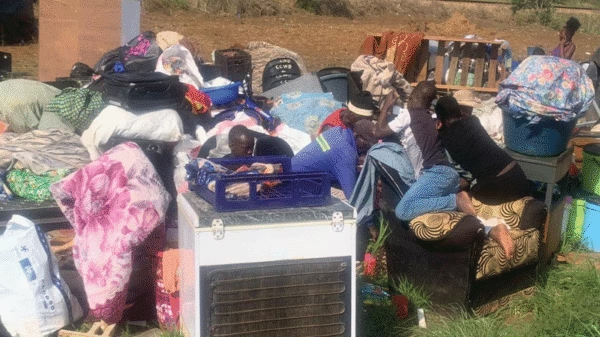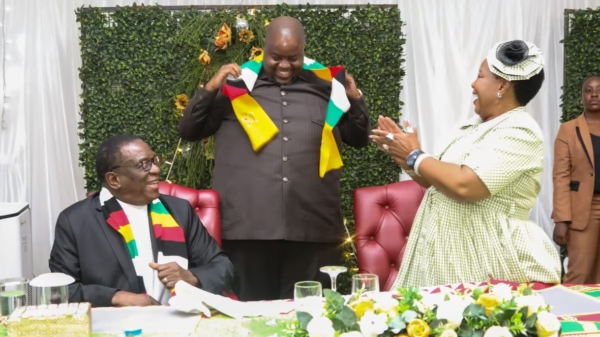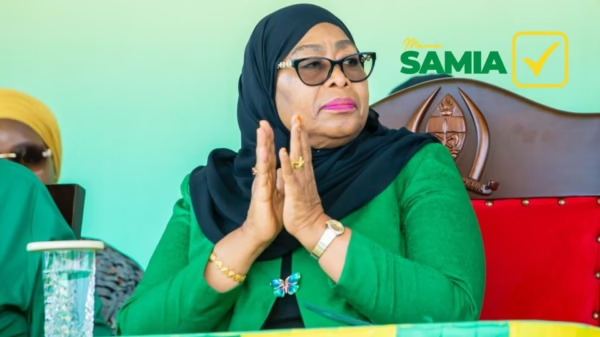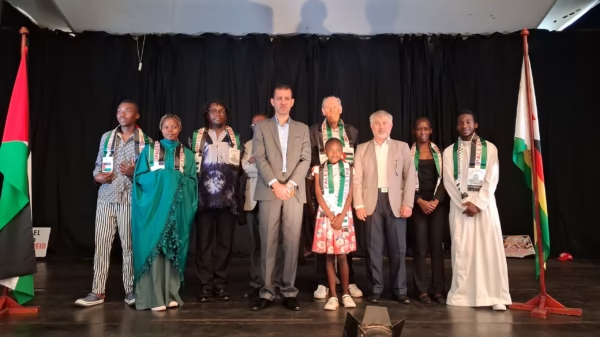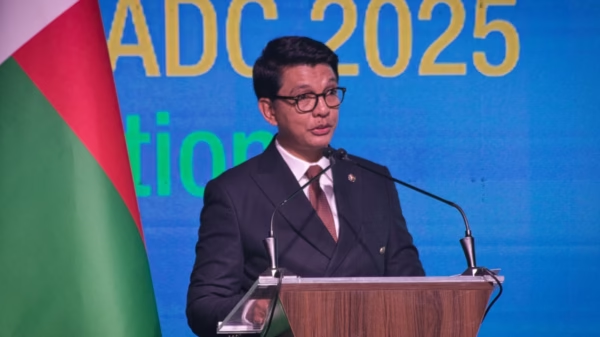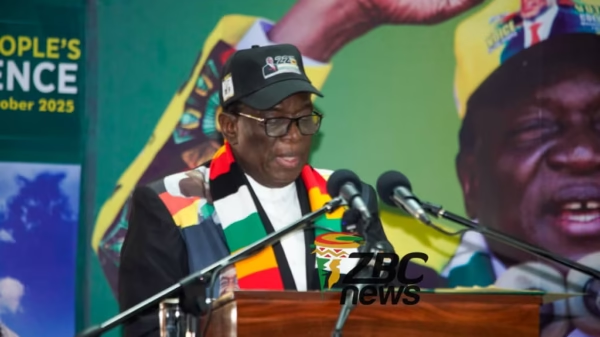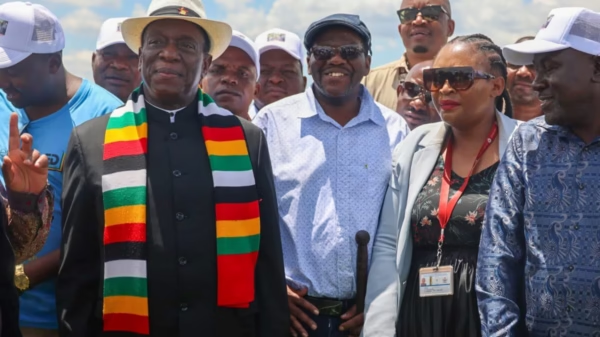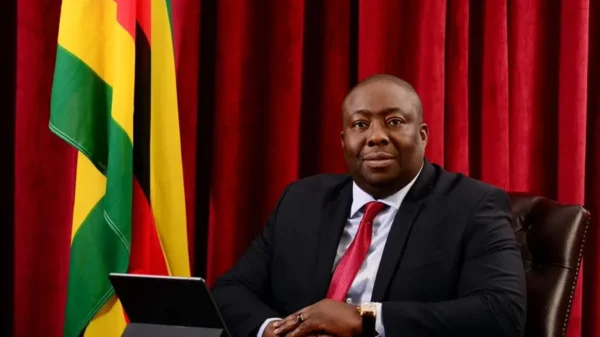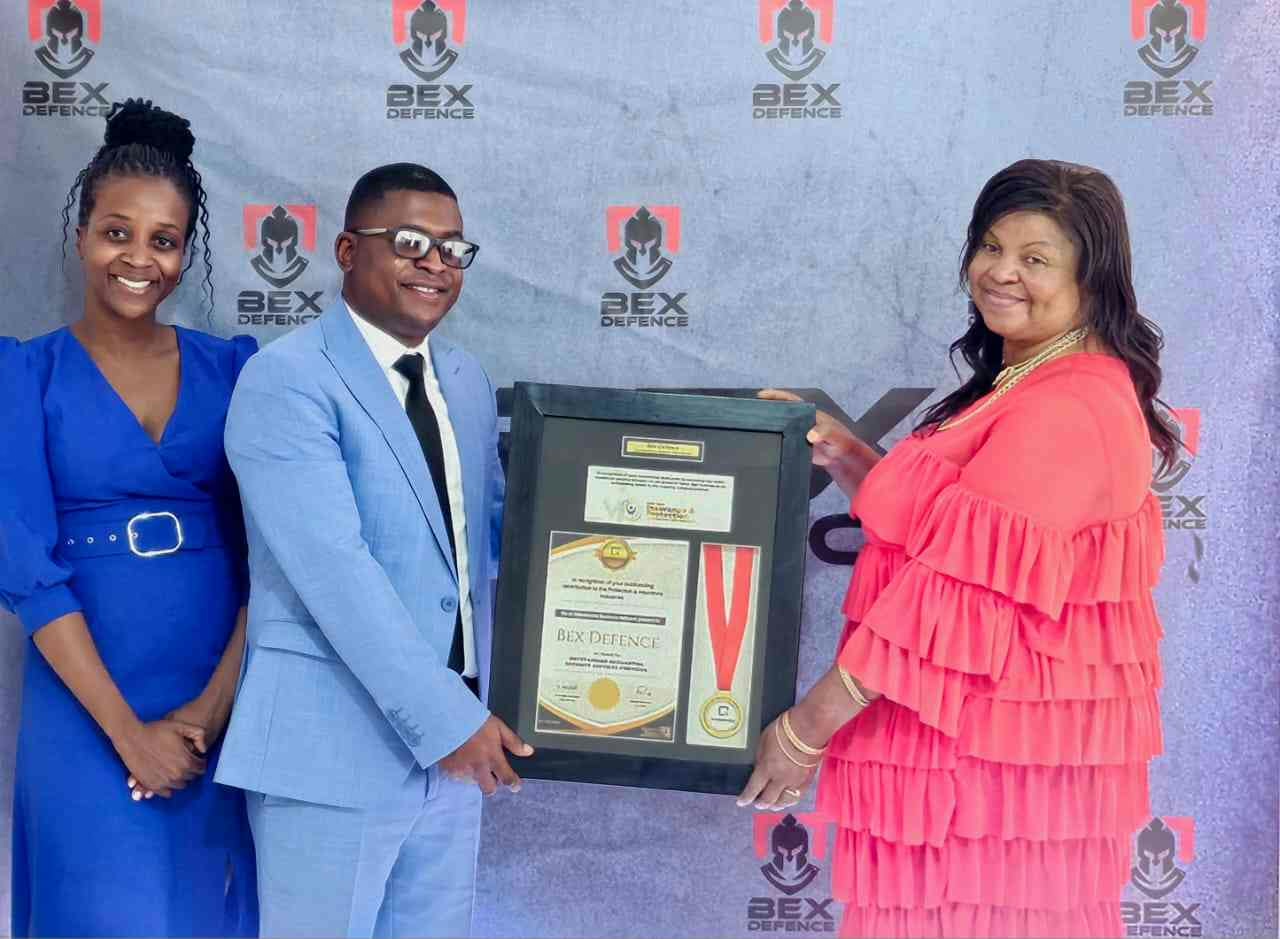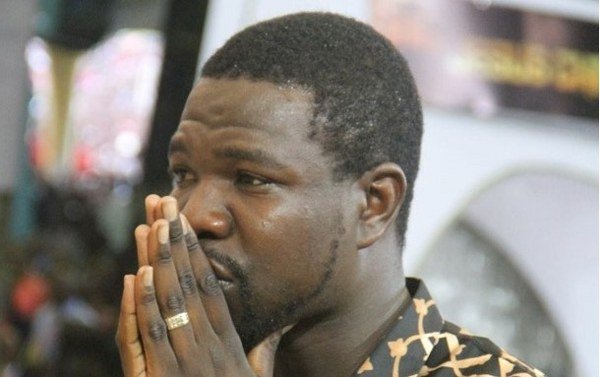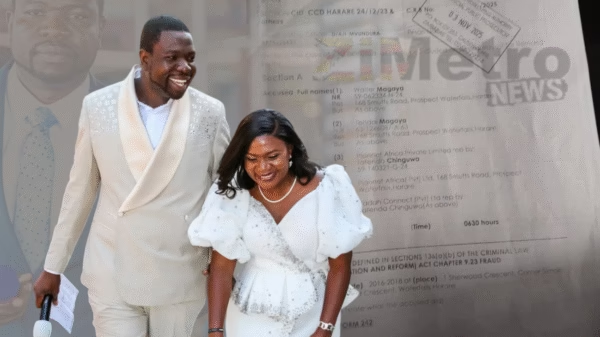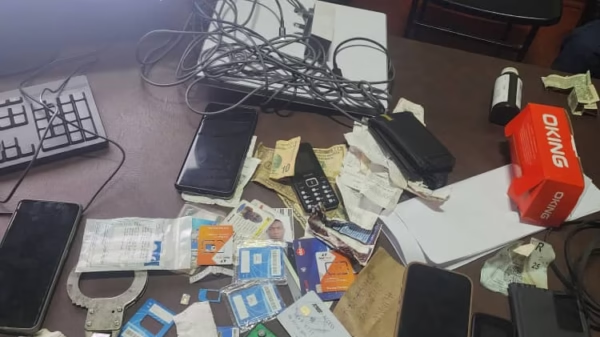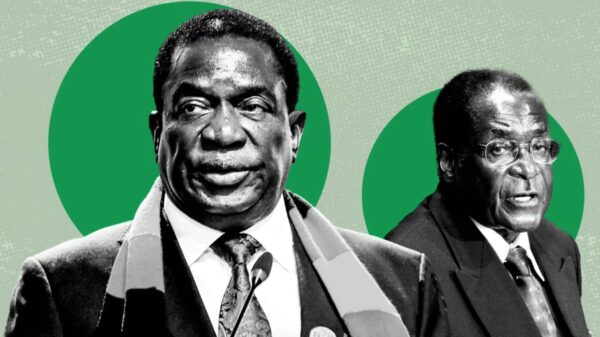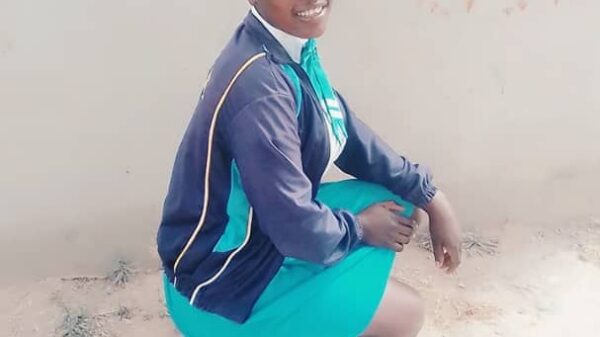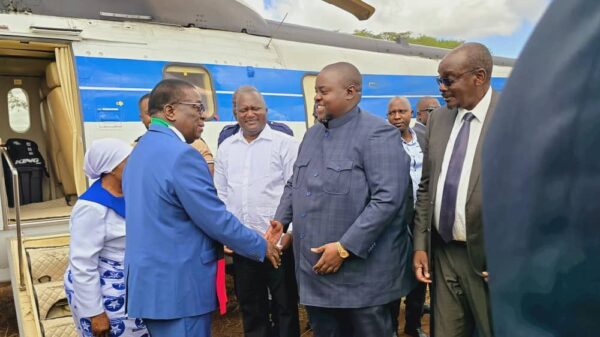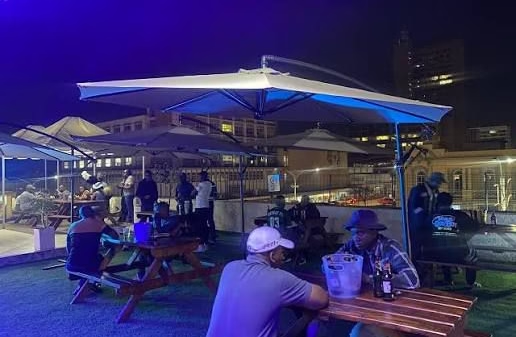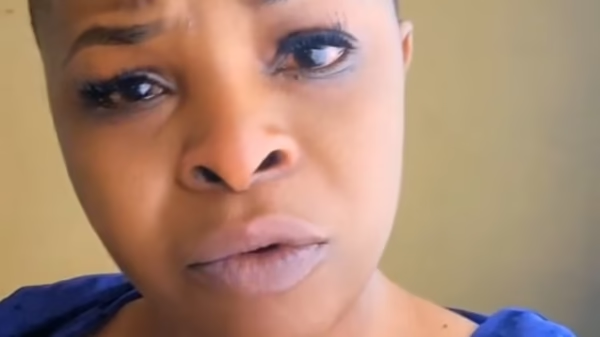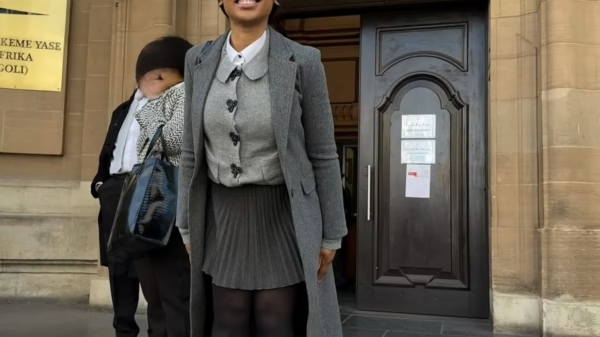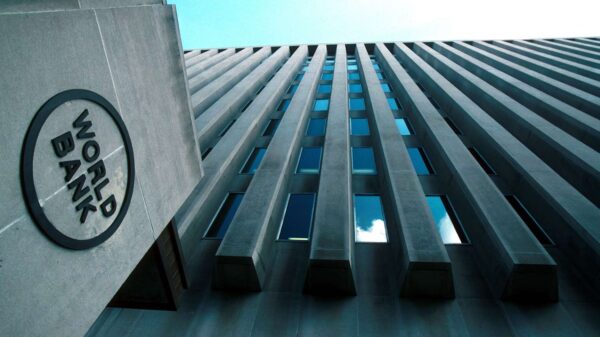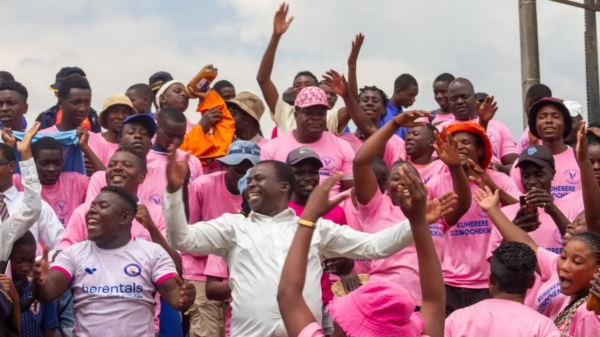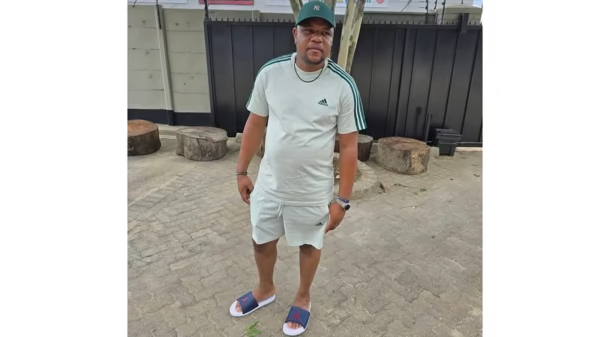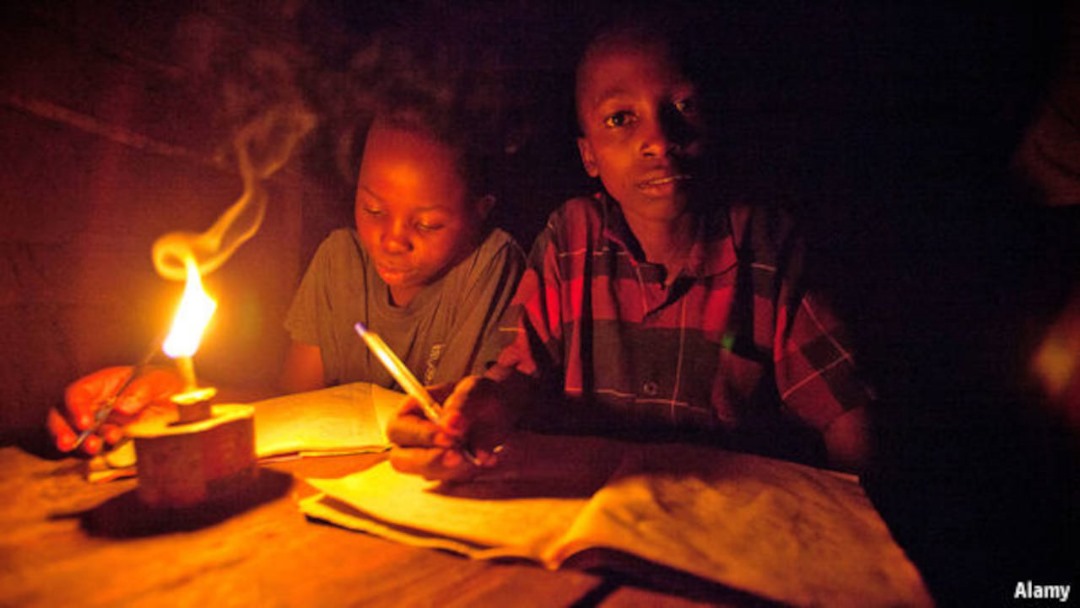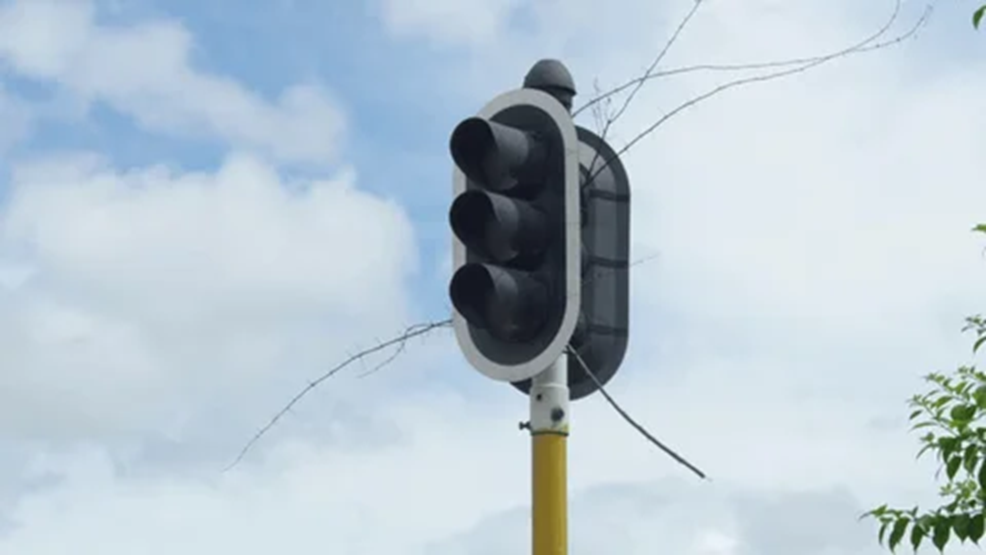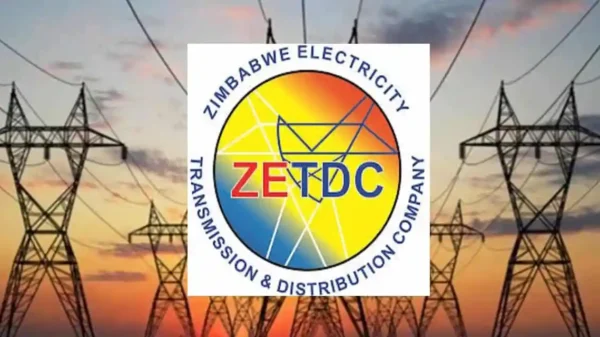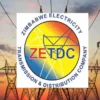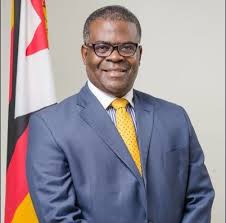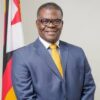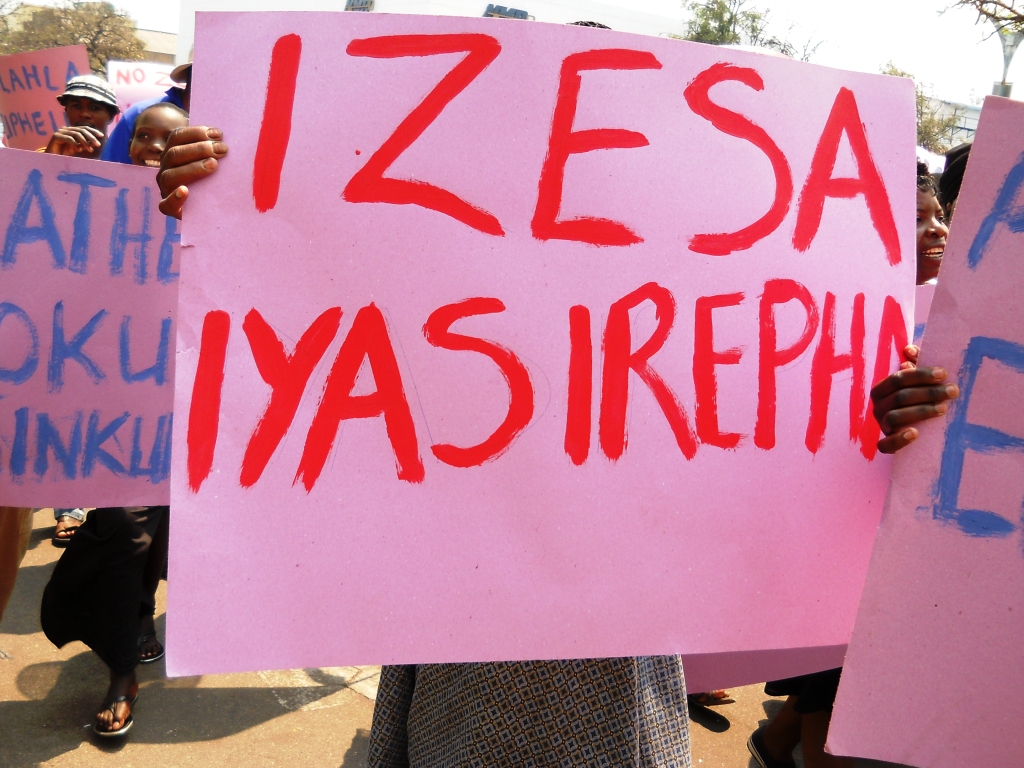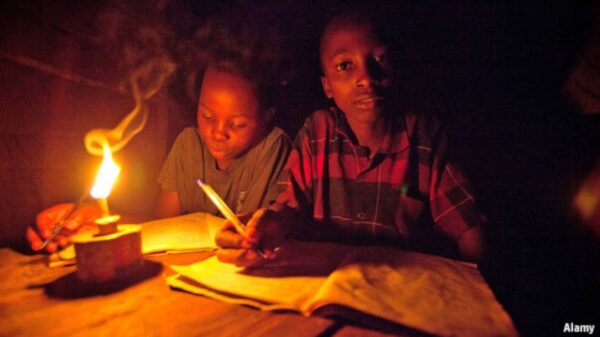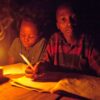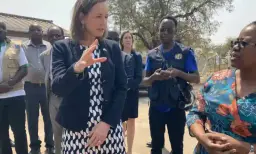Residents of Bulawayo’s Ward 2 are facing significant challenges due to prolonged power outages that have severely disrupted their daily lives. A recent survey by local councillor Rendani Moyo highlighted areas such as North Trenance, Richmond, Aisleby, Good Hope Farms, and Northlynne as being particularly affected.
In an interview with CITE, Moyo explained that other areas, like Queens Park West, Tegela, and North End, experienced moderate disruptions, while some areas reported minimal issues or chose not to respond.
The councillor said that he was prompted to conduct the survey after residents expressed frustration over the ongoing power cuts, which have left them struggling with sleepless nights and inconveniences such as the inability to use lights, televisions, or refrigerators during hot weather.
To cope, many residents have adjusted their daily routines, staying up late to cook, iron, and charge their devices. This has led to fatigue and poor sleep quality. Moyo also expressed concern that the crisis could lead to environmental degradation as people resort to cutting down trees for firewood.
Moyo called for a clear and transparent load-shedding schedule from the Zimbabwe Electricity Supply Authority (ZESA), which he believes would ease tensions and allow residents to better plan for power shortages. He also proposed an interactive platform for communication between ZESA and the public, where the state of power generation could be openly discussed.
To manage the outages, some residents have turned to alternative energy sources such as firewood for cooking, rechargeable torches for lighting, and solar power. However, Moyo noted that not all residents could afford the upfront costs of solar panels or gas.
One resident, Jason Huntley, blamed poor planning and corruption for the ongoing power crisis, arguing that outdated equipment and mismanagement were at the heart of the problem. He criticized the lack of development in the energy sector and the misuse of funds allocated for minor solutions.
Zimbabwe’s electricity generation relies heavily on the Kariba South Hydro Power Station and Hwange Thermal Power Station. However, Kariba is currently producing only a fraction of its capacity due to low water levels in the Kariba Dam, while frequent breakdowns at Hwange have further disrupted power generation.
On November 22, the Zimbabwe Power Company (ZPC), a subsidiary of ZESA, reported that Hwange was producing 1,084 MW, Kariba 124.5 MW, and Independent Power Producers (IPPs) 50 MW, bringing the total electricity generation to 1,258.5 MW.
ALSO READ ; Stepsons Dispute Sale of R17 Million Property in Legal Showdown with Stepmother

For comments, Feedback and Opinions do get in touch with our editor on WhatsApp: +44 7949 297606.

